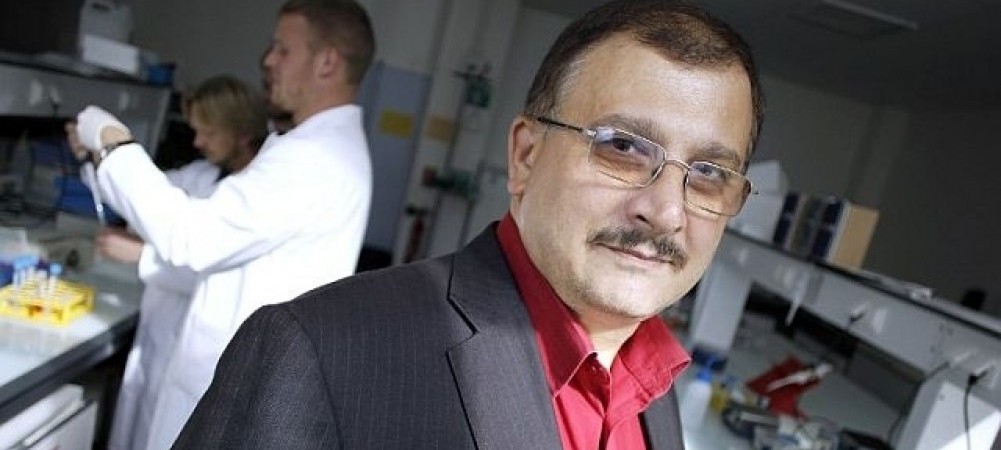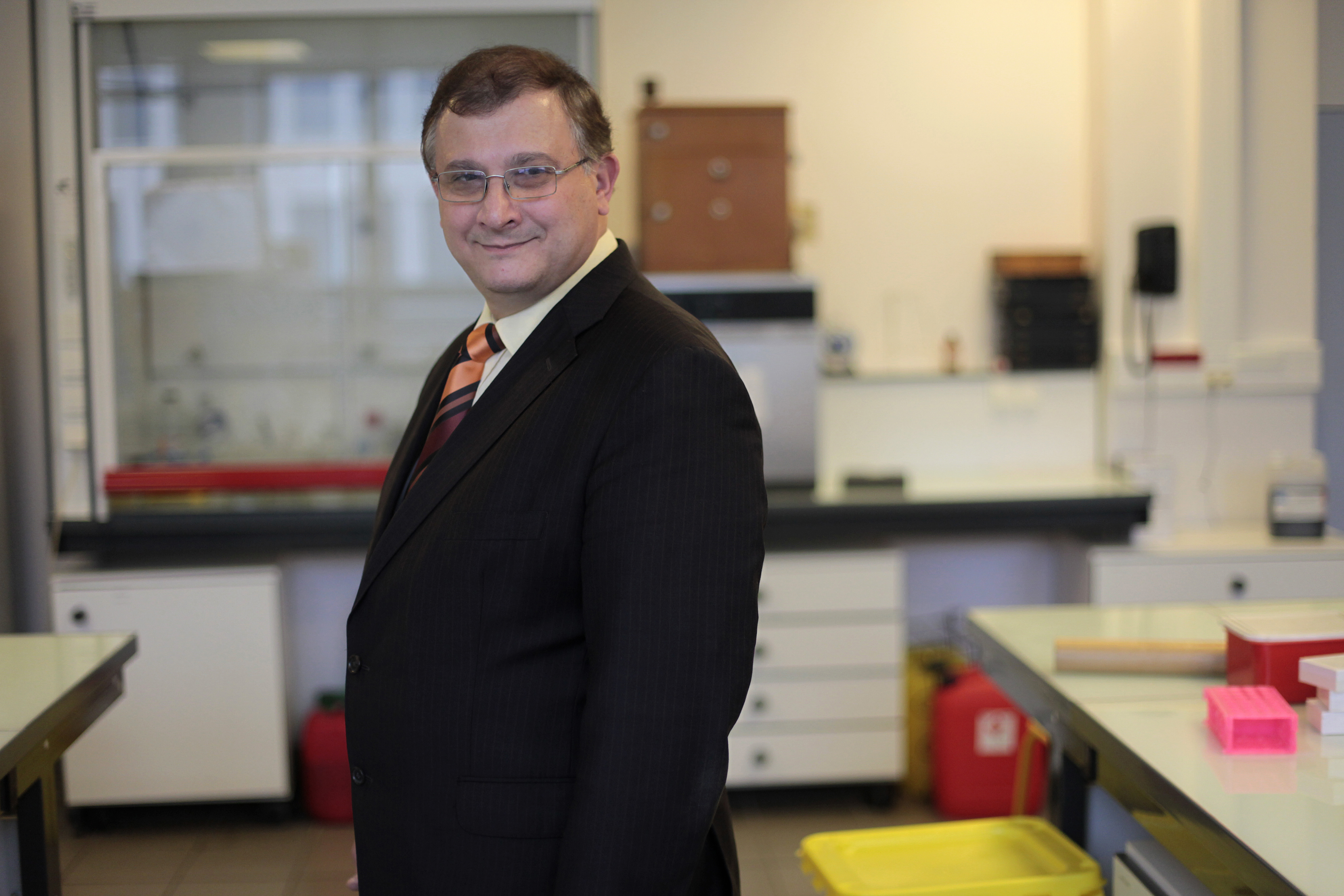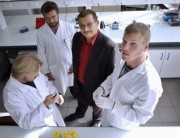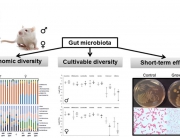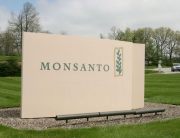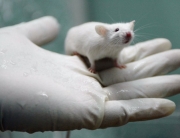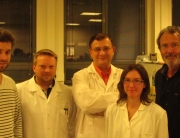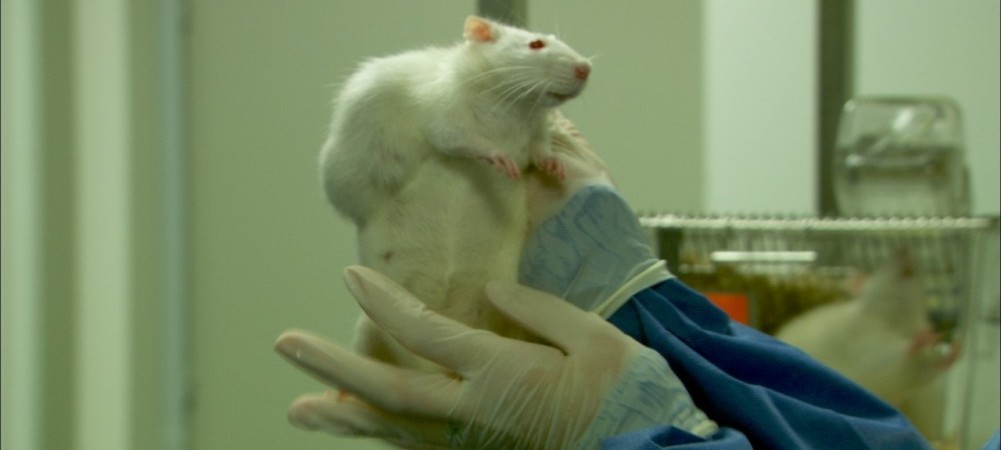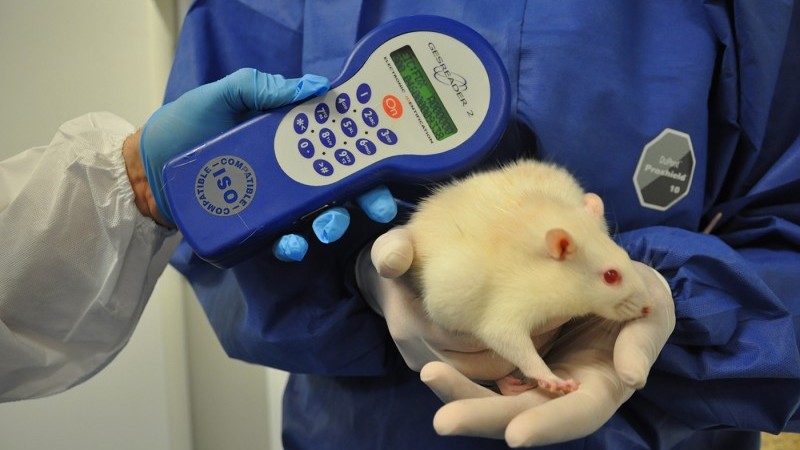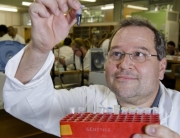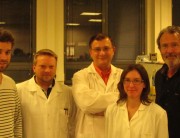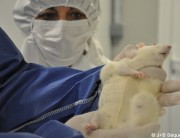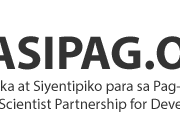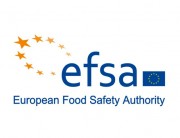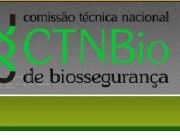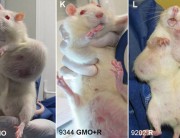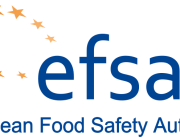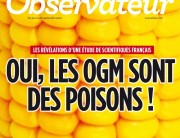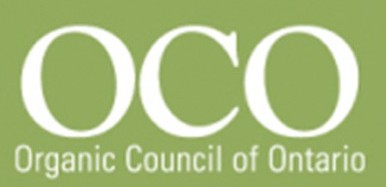Two pro-GMO lobby groups, the Alliance for Science and the AFBV (l’Association Française des Biotechnologies Végétales) in France, are frantically busy trying to spin the results of EU-funded rat feeding studies with GM crops. These groups claim that the EU studies’ findings disprove the findings of the Séralini study that the GM maize NK603 and the glyphosate-based Roundup herbicide it is engineered to tolerate caused adverse health impacts in rats. The Alliance’s headline was “European studies disprove Séralini’s GMO maize tumor claims”, while the AFBV’s was “Three studies disprove the results of the Séralini study on GM maize”.
Source: By Claire Robinson https://gmwatch.org/
The AFBV declared that the EU studies “refute the main conclusions drawn from the Séralini studies [sic.] on the toxicity of the analyzed GMO maize: no potential risk has been identified. In addition, these new studies contradict Séralini’s proposal on the need to carry out long-term studies.”Replica watches
The lobbying efforts concern the EU-funded feeding study programmes known as GRACE and G-TwYST, as well as the GMO90+ study arranged by the French government.
However, both lobby groups are making false statements and misleading claims, with the apparent aim of pulling the wool over the eyes of the public and regulators.
The studies
The three EU research programmes mentioned in the AFBV press release are known as G-TwYST, GRACE, and GMO90+. These inter-related programmes include the following rat feeding studies:
* G-TwYST – 90-day subchronic and 2-year combined chronic toxicity and carcinogenicity studies on Roundup-tolerant GM maize NK603
* GRACE – 90-day and 1-year studies on Bt maize MON810
* GMO90+ – 6-month (180 days) studies on MON810 and NK603 maize, looking at biomarkers of health effects.
The holes in the GMO lobby’s arguments
Below is a rundown of the gaping holes in the pro-GMO lobbyists’ arguments. To the shame of science, the lobbyists are being supported in their misrepresentations and falsehoods by the researchers themselves.
1. Lobbyists are passing judgement on a study before it’s published
The AFBV and the Alliance for Science are passing judgement on the findings of the G-TwYST 2-year carcinogenicity experiment on GM NK603 maize before they have been published in a peer-reviewed journal. We don’t yet know if this study uncovered any real or potential risks that are being downplayed by the lobbyists and potentially even the researchers themselves.
All that is publicly known about the results of G-TwYST 2-year experiment is what was said at a press conference. Without supplying any detail, the researchers claimed that the results of this experiment and the shorter 90-day one on the same GMO “did not identify potential risks” from NK603 maize.
The public would be well advised to take this claim with a pinch of salt until the full results are published. Several EU-funded studies on GMO health effects have been misrepresented and lied about in order to pretend that GMOs are safe. The truth about the findings of these studies is not to be found in press conferences or summaries but deep within the detail of the published study.
As an example, we need look no further than the 90-day GRACE study invoked by the AFBV as proof of GMO safety. In this instance, the researchers themselves appeared to be chiefly responsible for the deception. They claimed that no adverse effects were seen in the GM-fed animals. But closer examination of the published study revealed that the rats fed MON810 maize showed a decrease in total serum protein concentration and pancreas weight and an increase in blood glucose levels, even at the lowest dose.
Surprisingly, the authors did not discuss these changes in conjunction, in spite of the well-known role of the pancreas in the regulation of blood glucose levels. Instead the discussion remained silent on the statistically significant and dose-dependent decrease of the relative pancreas weight and dismissed the significant increase in blood glucose because it was seen only in males of Trial A, conducted with one line of MON810 maize. However, the pancreas weight was not only decreased in males of Trial A, but also in males of Trial B, conducted with a second line of GM maize, although this change was not statistically significant. In the experiment as a whole, no “safe” level for this GM maize was found. Nonetheless the researchers dismissed all these findings as not toxicologically relevant, without a valid scientific justification.
In another historical example, a previous series of EU-funded 90-day rat feeding studies on GM rice was claimed by an EU Commissioner and various pro-GMO lobbyists to provide evidence of GMO food safety. But a close reading of the published studies revealed that all found changes in the GM-fed animals, which in some cases were statistically significant. The changes, including differences in organ weights and immune responses, were almost certainly adverse. None of the studies was able to conclude on the safety of the GM food tested, let alone of GM foods in general.
It seems that the pro-GMO lobbyists were banking on the assumption that people wouldn’t actually read the studies but would just believe the soundbites they supplied in press releases, summaries, and quotes to the press.
False claims of “no effect” in a GMO feeding study are easier to get away with if they are made before the study appears in print, as no one can check if the claims are true.
This brings us to a revealing double standard in operation regarding GMO safety studies. It appears that it is a cardinal scientific sin to go public with such claims prior to peer-reviewed publication – but only if the message is that the GMO causes harm. If the message is that the GMO is safe, there’s no problem with jumping the gun and going public with claims before the study has been published.
For example, in the 1990s, Dr Arpad Pusztai was condemned by the pro-GMO scientific establishment for going public with his study findings of adverse health effects in rats fed GMO potatoes before the data were peer-reviewed and published. But the same standard does not seem to apply to the G-TwYST researchers. They have not been challenged for announcing their non-peer-reviewed conclusions that the GMOs they tested were safe. Instead they claimed the moral high ground by suggesting that their approach exemplified “stakeholder engagement” and “transparency”.
Why would the G-TwYST researchers agree to go public before their results are properly published and universally available, if it were not to collude in the attempt to spin them to the advantage of the pro-GMO lobby? Such a motivation would explain why they interpreted their study findings at their press conference to challenge the EU requirement for animal feeding studies on GMOs to be carried out prior to commercialisation. This theme has been enthusiastically taken up by pro-GMO lobbyists: the AFBV claimed that the results of the EU studies contradict Séralini’s demand for long-term studies on GMOs; and the Julius Kühn-Institut, a federal research institution of the German Ministry of Agriculture, recommended that in light of the study results, the EU animal feeding trial requirement should be discontinued.
Indeed, people involved in the GRACE and G-TwYST studies have conflicts of interest with the agricultural GMO industry. The GRACE project coordinator is Joachim Schiemann, who is also the director of the biotechnology department at the Julius Kühn-Institut. According to a Testbiotech report, Schiemann is at the centre of a network of industry agencies and international organisations with strong ties to the GMO industry, which systematically influence research and federal agencies.
2. Lobbyists are comparing apples to oranges
The EU-funded studies are very different from the Séralini study in design and methodology and are therefore not comparable.
The Séralini study was a two-year general toxicology study investigating the effects of Roundup-tolerant GM maize and its associated herbicide, Roundup, tested together and alone. The effects of Roundup were not tested in any of the EU studies (see also point 3 below).
The main finding of the Séralini experiment was that a very low dose of Roundup herbicide, lower than that allowed in drinking water in the EU, caused liver and kidney damage. The liver damage finding was later confirmed by separate experiments at a different institution, using “omics” molecular profiling techniques. The results showed that the rats dosed with this so-called “safe” level of Roundup suffered from non-alcoholic fatty liver disease.
The two GRACE studies tested a different type of GM maize than Séralini – MON810 Bt insecticidal maize, as against NK603 Roundup-tolerant maize in the Séralini study. At 90 days and 1 year in duration, the GRACE studies were shorter and thus not able to detect long-term effects of the type found in the Séralini study.
The 2-year G-TwYST study was as long as the Séralini study but had a narrowly focused and different aim: to assess carcinogenicity. However, unlike the Séralini study, it did not measure the chronological development of tumours into cancer. In addition, its study of general toxicology (with urine and regular blood tests) did not exceed one year, as compared with 2 years in the Séralini study.
As for the GMO90+ study, despite the implementation of “omics” techniques, it was limited to 6 months and addressed a different question.
Crucially, the GRACE studies and the G-TwYST studies used a different strain of rat than Séralini – the Wistar as opposed to the Sprague-Dawley. Their sensitivity is different, especially with regard to mammary tumours such as fibroadenomas, which were observed to increase in some treatment groups in the Séralini study.
The Sprague-Dawley strain is recommended by the US Toxicology Program for carcinogenicity studies and is a standard strain used in industry carcinogenicity studies performed for regulatory purposes. Monsanto used it in many of its carcinogenicity studies on glyphosate (the active ingredient of Roundup), as well as in its 90-day study on NK603 maize.
Therefore in their published study, the EU researchers should justify why they chose to use a potentially less sensitive strain.
Due to all these factors, the EU studies are in no way comparable to the Séralini study and thus are not able to “disprove” his findings.
3. The GMO maize tested in the EU studies is not representative of what’s being grown and eaten
According to an analysis by Testbiotech, the maize cultivated in Canada and used for the G-TwYST carcinogenicity study is not representative of NK603 that has been grown under real farming conditions. The maize was only sprayed once with glyphosate with a dosage of 1.35 kg/hectare about one month after sowing. As the feed analysis shows, the residues from spraying with glyphosate were present at a very low level, below 0.5 mg/kg. Under real farming conditions, glyphosate-tolerant maize is often sprayed with Roundup more than once and with higher dosages per hectare. The application of Roundup can influence the level of residues and the composition of biologically active substances in the plants. Therefore this particular maize cultivation is not relevant for assessing the potential adverse health effects triggered by consumption of NK603 maize as it is usually grown.
4. Long-term effects of Roundup were not examined in the EU studies
The important shortcoming of the EU studies on GMOs is that the pesticide component of the Séralini study – measuring the long-term effects of Roundup herbicide – was not included in any of these studies. Séralini’s experiment remains the only feeding study to have evaluated the effects of long-term consumption of low, realistic doses of a pesticide in its commercial formulation. These results remain in the scientific literature and have never been refuted.
Once again, in the wake of the EU studies, pro-GMO lobbyists are trying to divert the debate about the serious public health risks of a product that regularly contaminates our food supply and environment – and our bodies.
Séralini’s attackers not credible sources
The AFBV’s latest desperate attacks on the Séralini study are not surprising, given its record. The AFBV and its then president Marc Fellous previously resorted to personal attacks on Séralini after failing to argue the case against his study on a scientific basis. They were subsequently found guilty of libel in a lawsuit brought by Séralini and his research group at the University of Caen together with CRIIGEN, the French research institute with which Séralini is affiliated.
Fellous presents himself as an independent scientist but in the court case it was revealed that he owns patents through a company based in Israel. This company in turn sells patents to corporations such as Aventis.
According to a press release from Séralini and the University of Caen, several members of the AFBV participated in the French commission for the evaluation of agricultural GMOs and thus would have approved GM crops as safe. So in effect, in attacking the Séralini study, they are defending their own previous opinions on GMOs.
As for the Alliance for Science, it purports to be a science-based organisation but presents only one side of the GMO debate – the pro-GMO side. It made an unsubstantiated claim to the BBC that an experimental GM plant, Bt brinjal (eggplant) had been a 90% success in Bangladesh. When challenged, it could not produce any evidence for the claim.
Stacy Malkan of the transparency group US Right to Know has accused the Alliance of abandoning scientific objectivity and instead operating as a “a global hub for the promotion of GM crops and food” and a “public relations arm for the agrichemical industry”.
In contrast to the unscientific approach of these two lobby groups, GMWatch will await the full publication of the G-TwYST results before giving its opinion on what they say about the risks of the GM foods tested.





